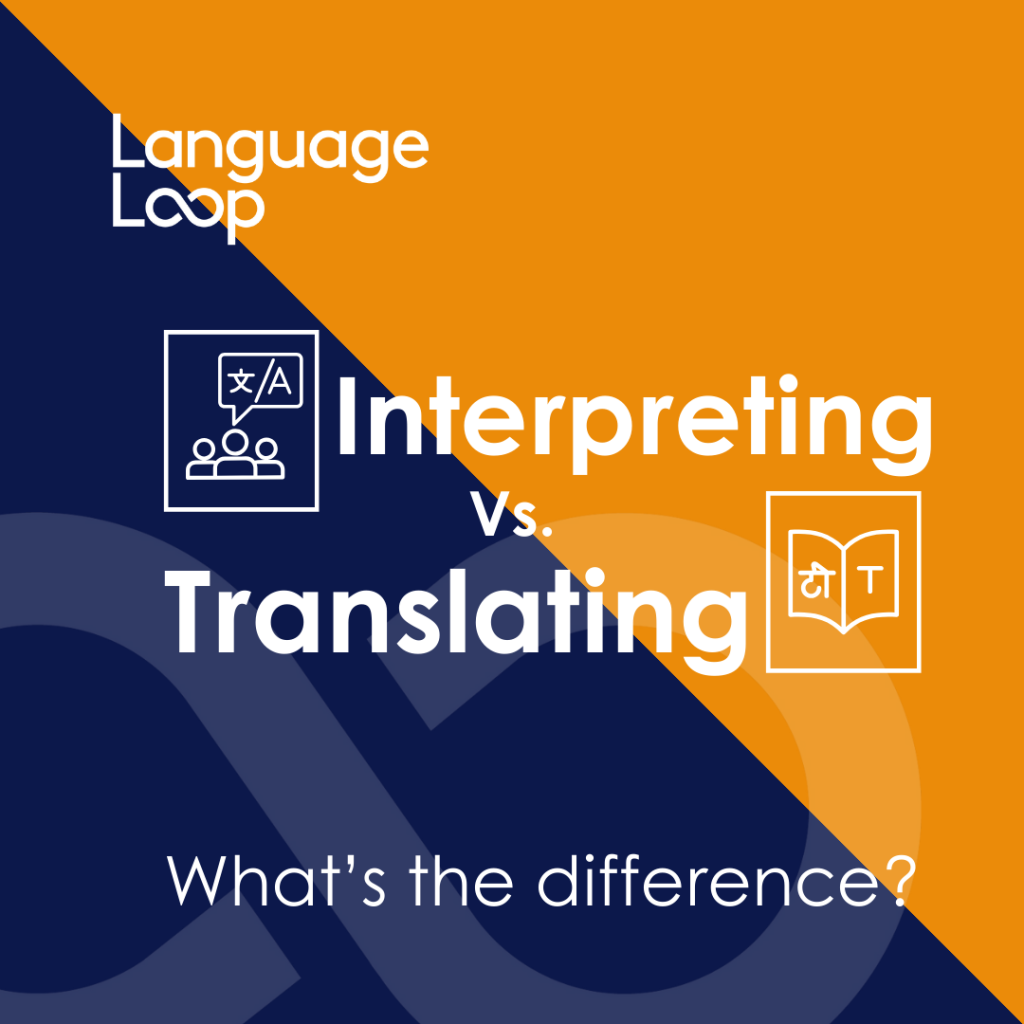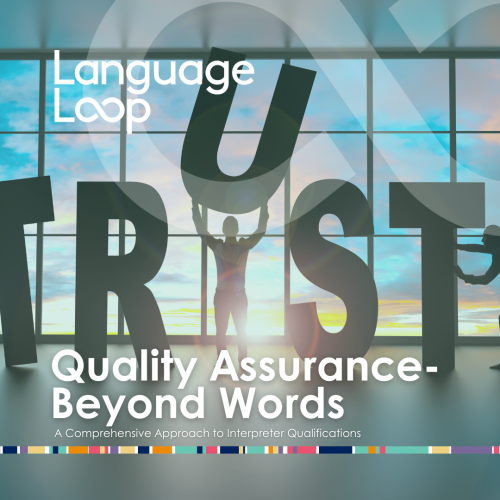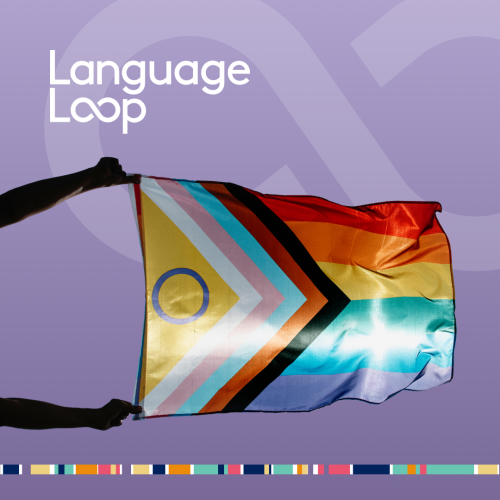This is a question we hear all the time. Interpreting and translating are commonly used interchangeably, but an important distinction must be made. Simply put, an Interpreter works with spoken or visual languages, and translators work with the written word.
Each speciality facilitates cross-cultural communication in unique ways. In addition, they require different skill sets and accreditation. Not all interpreters are translators, and vice versa. It makes sense, as most people learn to hear and listen to language before they learn to read and write in a language. Let’s unpack the basic differences between these two vital services.
Interpreting: Bridging Spoken and Visual Language Gaps in Real-Time
Interpreting is the process of converting spoken or sign language communication from one language to another. It enables real-time interpretation and ensures that language barriers do not hinder the flow of communication. Interpreters must be adept at listening and comprehending languages quickly, delivering accurate and culturally relevant interpretations on the spot.
Types of interpreting services include:
- Telephone Interpreting Services: Offering multilingual customer service over the phone.
- Video Conference Interpreting: Facilitating language support in virtual meetings.
- On-site Interpretation Solutions: Providing in-person interpreting in settings where face-to-face communication is crucial, such as medical consultations or community events.
Translating: Converting Written Text Across Languages
Conversely, translation focuses on the written word, translating documents, websites, captions, and other written materials from one language to another. This service is essential for creating multilingual documentation and localising websites and other materials for multilingual audiences. Translators must deeply understand the source and target languages, including cultural nuances and technical terminology.
Examples include:
- Customer Service Translation Services: Translating written customer support materials.
- Certified Translations: Providing official translations of legal, medical, and technical documents.
- Website Translation: Localising web content for diverse audiences to ensure accessibility and engagement.
- Captioning: Translates spoken dialogue into written language, sometimes in real-time, and sometimes in the production of a video piece. This vital service allows accessibility for the community.
Key Differences
- Mode of Communication: Interpreting deals with spoken or sign language, while translating focuses on written texts.
- Timing and Skills: Interpreters work in real time and must think quickly to convey messages accurately. Translators can take more time to research and refine their translations, ensuring precision and cultural relevance.
- Technical Requirements: Interpreting requires strong interpersonal skills and the ability to convey tone and nuance. Translation demands excellent writing skills and a deep understanding of grammar and stylistic elements in both the source and target languages.
The Importance of Professional Services
Both interpreting and translating are complex processes that require professional skills to ensure messages are conveyed accurately and respectfully. LanguageLoop is committed to breaking down language barriers as a provider of professional interpreting services and customer service translation services. Our qualified interpreters and translators are trained to handle diverse linguistic needs, ensuring transparent, excellent, and culturally sensitive communication across all sectors of Australian society.








